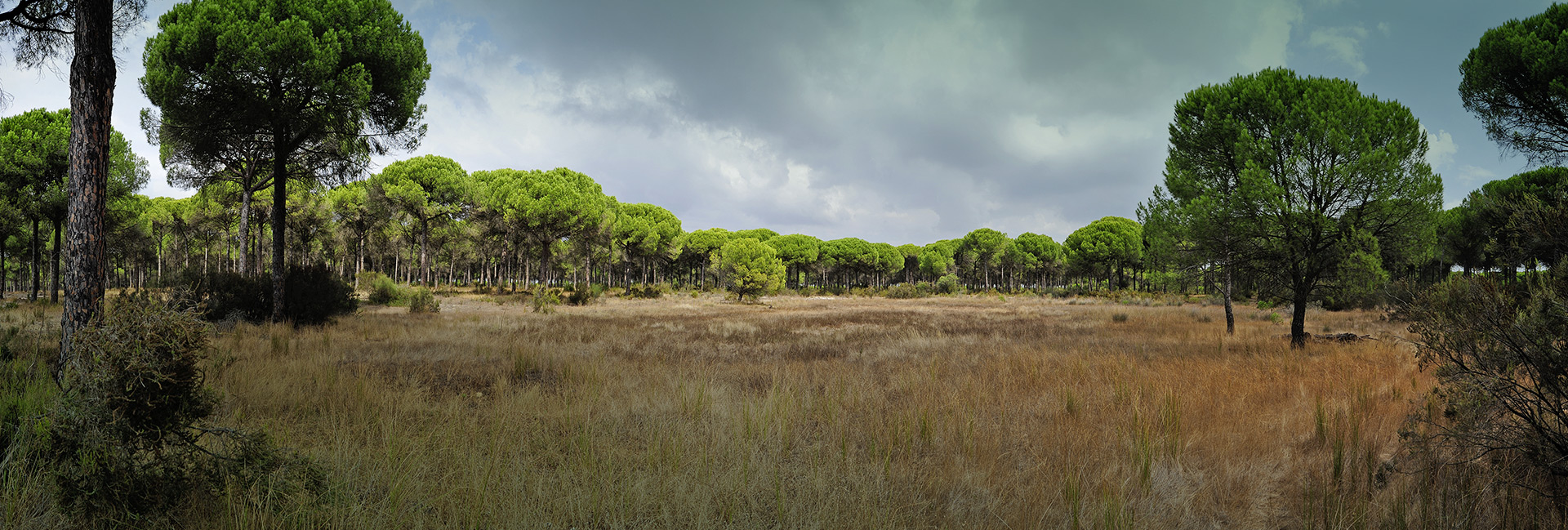
17 Nov 2022 Next Steps for Protected Areas in Europe
Europe’s protected area network is being enhanced. By the end of 2022, Member States are requested to submit their pledges regarding several targets for the EU Biodiversity Strategy for 2030, including protected area targets.
Hunters are key stakeholders in delivering conservation efforts on Natura 2000 sites. It is important to add that here is no general presumption against hunting on Natura 2000 sites; hunting should be compatible with the conservation objectives of the sites.
The EU Biodiversity Strategy for 2030 requires Member States to step up their conservation efforts to protect 30% of both Europe’s land and sea by 2030, of which 10 % will have to be strictly protected. In FACE’s view, the best chance of success will be achieved by explicitly integrating local people in the conservation of these sites. Global experience of protected areas has shown the level of protection is not the key factor in stopping biodiversity loss, but rather the empowerment of local people and maintenance of cultural and livelihood benefits. FACE’s Biodiversity Manifesto has the data to show the important contribution hunters make to protected area management. For more information on hunters’ work, including in protected areas, see: www.biodiversitymanifesto.com.
The current draft of the global conservation framework (CBD), which is for adoption at the CBD COP15 in Montreal this December stresses that protected areas should be effectively and equitably managed, and integrated into the wider landscapes. This follows evidence that good site management is more important than level of protection when delivering benefits for biodiversity.
For the Europe’s protected area target, there will be a need to expand the network of terrestrial protected areas by circa 4% and of strictly protected areas by circa 7%. More work is required for marine protected areas, which must see an increase of 19% by 2030. According to the Biodiversity Strategy for 2030 all primary and old-growth forest should be strictly protected, as should other biodiversity-rich areas which thrive through natural processes. As per the Commission guidance, with the new category of strictly protected areas, there may of course be restrictions on a number of human activities, including hunting and fishing, but only where justified based on site-specific characteristics. Hence, it’s essential that key stakeholders are actively consulted to promote community-based conservation.
By 2024, the Commission will assess whether further action or new EU legislation is needed, but at this time, stakeholders should be focused on the national pledge processes and promoting community buy-in to ensure protected areas deliver for conservation.

